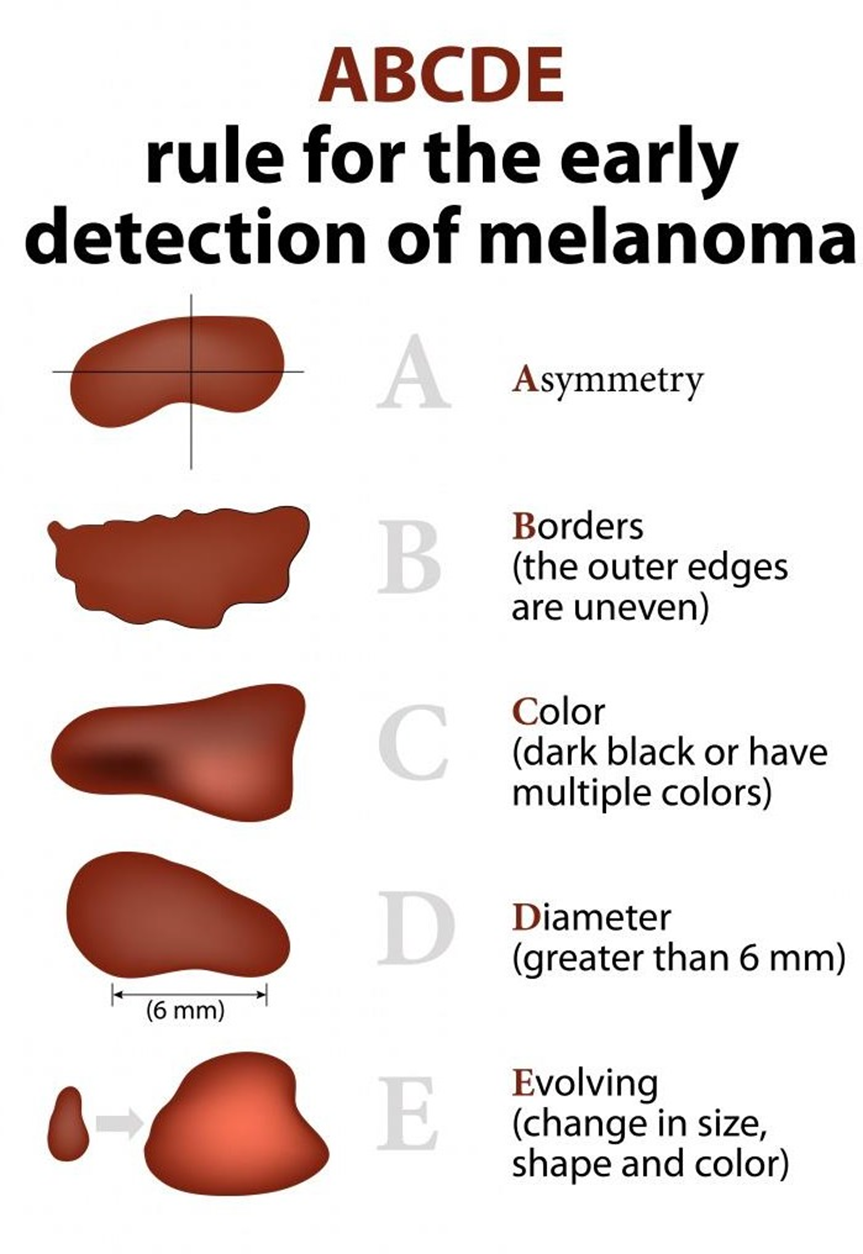A nurse is teaching the parent of a school-age child who has scabies about the application of permethrin 5% cream. The nurse should include which of the following as a potential adverse effect of the medication?
Burning
Discoloration
Photosensitivity
Alopecia
The Correct Answer is A
A.
A. Burning sensation is a potential adverse effect of permethrin 5% cream application. It may cause transient discomfort or irritation at the site of application.
B. Discoloration is not a common adverse effect associated with permethrin cream application.
C. Photosensitivity is not typically associated with the use of permethrin cream.
D. Alopecia (hair loss) is not a common adverse effect of permethrin cream application.
Nursing Test Bank
Naxlex Comprehensive Predictor Exams
Related Questions
Correct Answer is B
Explanation
A. Levothyroxine is a thyroid hormone replacement medication commonly used to treat hypothyroidism. It is not associated with teratogenic effects when used appropriately.
B. Phenytoin is an anticonvulsant medication that is known to be teratogenic, especially when used during the first trimester of pregnancy. It is associated with an increased risk of congenital malformations, such as cleft palate and heart defects, in infants born to mothers who take the medication during pregnancy.
C. Magnesium oxide is a mineral supplement commonly used to treat constipation during pregnancy. It is not associated with teratogenic effects when used appropriately.
D. Ferrous sulfate is an iron supplement commonly used to treat chronic anemia during pregnancy. It is not associated with teratogenic effects when used appropriately.
Correct Answer is A
Explanation
A.
A. Asymmetric lesions with variegated (multiple) colors are characteristic features of melanoma, a type of skin cancer. Asymmetry means one half of the lesion does not match the other half in size, shape, or color.
B. Scaly and red lesions may indicate other skin conditions such as eczema or psoriasis but are not specific to skin cancer.
C. Brown lesions with a wart-like texture may indicate seborrheic keratosis, a benign skin growth, rather than skin cancer.
D. Firm and rubbery lesions may indicate benign skin tumors such as fibromas or lipomas, rather than skin cancer.

Whether you are a student looking to ace your exams or a practicing nurse seeking to enhance your expertise , our nursing education contents will empower you with the confidence and competence to make a difference in the lives of patients and become a respected leader in the healthcare field.
Visit Naxlex, invest in your future and unlock endless possibilities with our unparalleled nursing education contents today
Report Wrong Answer on the Current Question
Do you disagree with the answer? If yes, what is your expected answer? Explain.
Kindly be descriptive with the issue you are facing.
